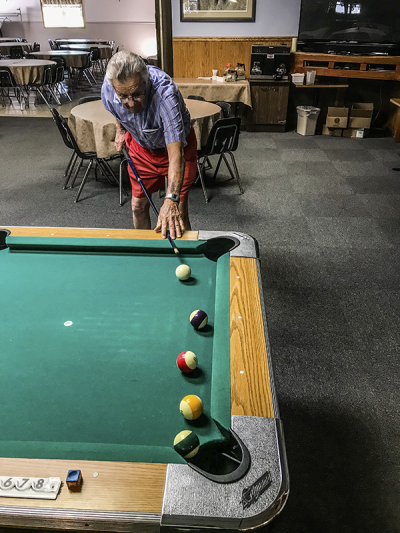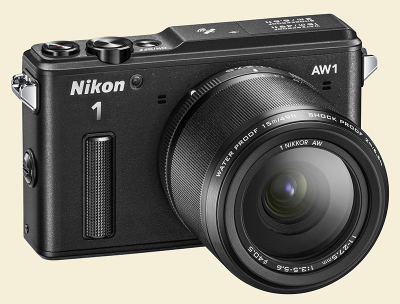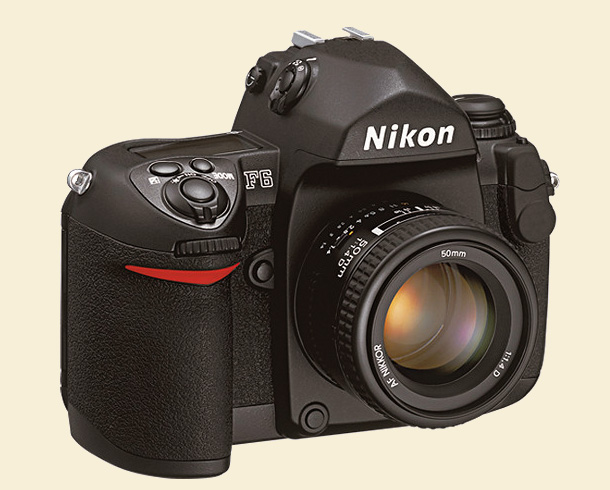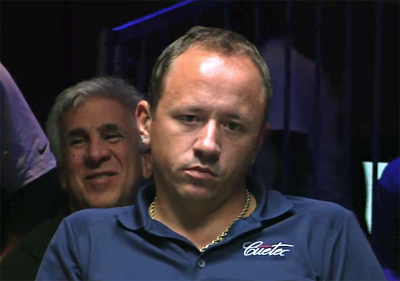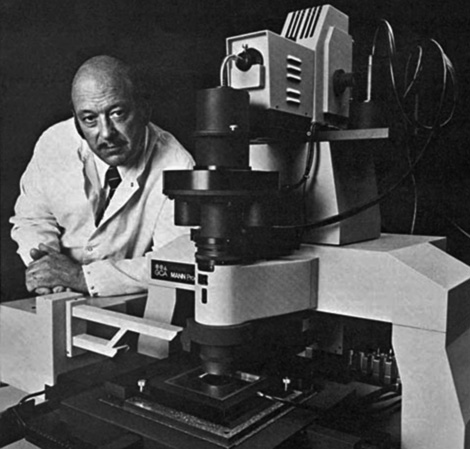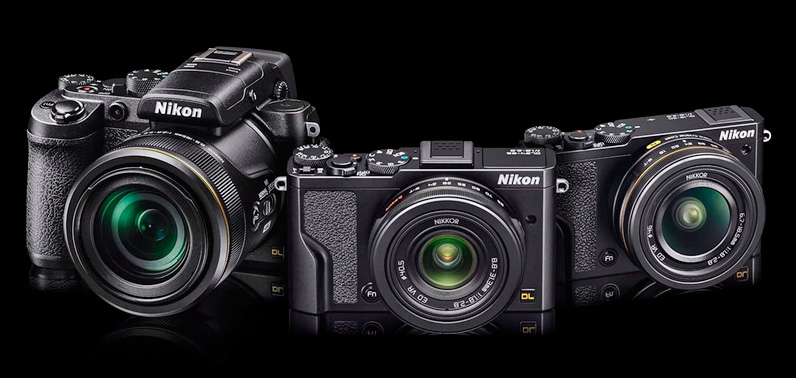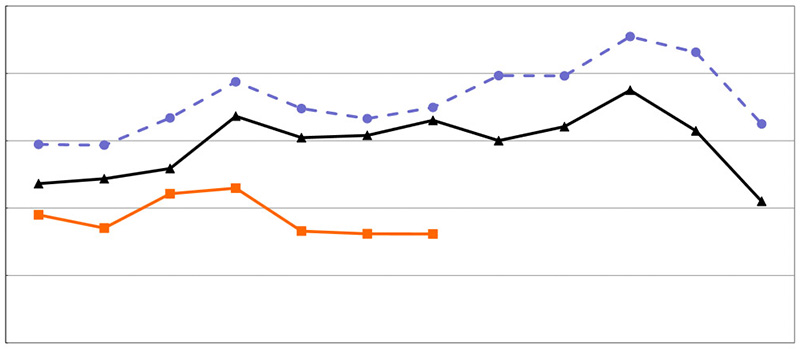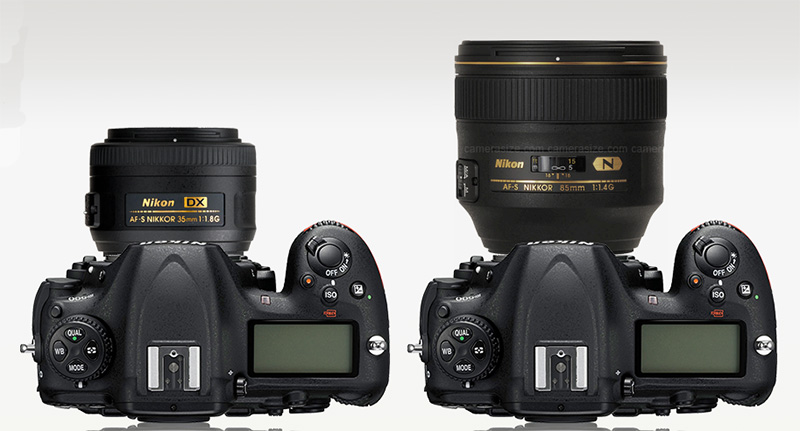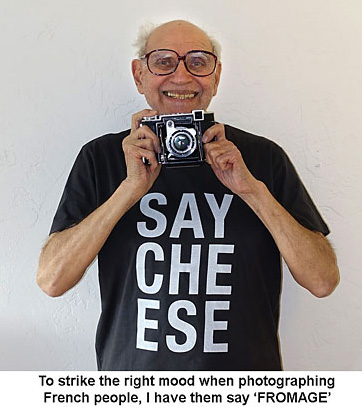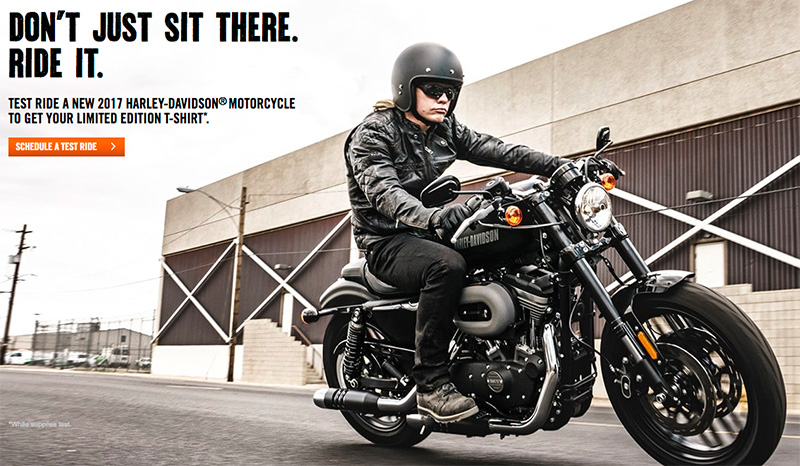
The bike pictured on Harley-Davidson's home page might be aspirational for riders, but the rider pictured is aspirational for the company. He's not a member of the major demographic for the company's products.
Harley-Davidson, the American motorcycle maker based in my old hometown of Milwaukee, might be going downhill. Registrations of on-road bikes fell 6% last year, and it's been several years since H-D made its shipping targets. Sales of Harleys have mirrored, in advance, the decline in the number of non-Hispanic white males aged 45–49 who make decent incomes.
Two more trends have spelled trouble for H-D: people under age 30 have shown less interest in large motorcycles in general, and Harleys in particular, than predecessor generations; and there is reportedly a glut of used Harleys flooding the market as older riders transition to the gentler activities of advanced age. Harley's CEO, says Barron's, "knows that Harley can’t just make bikes—it has to create demand."
When I was (briefly) at Model Railroader magazine, it faced a similar problem. Model railroading is a huge, if quiet, hobby (most of it literally happens underground—or at least below ground level, in basements). In 2000 there were believed to be roughly 500,000 active model railroaders in the United States and Canada. The trouble has been that the peak of the demographic are middle-class males who were ten years old in 1950, when an electric train set was the number one most popular Christmas gift for boys. Individuals in that peak group are now 77 years old. Creating interest in the hobby among younger generations has been problematic, with only sporadic success. It's a time-, money-, and labor-intensive pastime. And it's generally only available to people who have enough extra room in their house or living quarters to set up at least a 4x8' sheet of plywood and leave it there.
(Many layouts are much more elaborate than that. At a workshop with model railroading gurus Bob Hayden and David Frary, we visited an avid model railroader in Houston. With his wife he had raised four daughters, each of whom had her own bedroom upstairs. When the eldest daughter went away to college, Dad requisitioned her room for his model railroad. When daughter no. 2 left, Dad knocked down the wall between the two bedrooms and enlarged the layout. The pattern held with the third daughter, and shortly after the last daughter left home the entire second floor of the house, by then one huge room with no walls, was entirely devoted to one enormous HO-scale layout.
...And then some: at one end of the house the exterior wall didn't allow enough room for a desired radius of track, so the fellow cut a big hole in the side of the house and built a bump-out, a sort of box attached to the outside wall of the home. He said when a train derailed in the bump-out, he had to get up on a ladder on the outside of the house and access it through a trapdoor. He claimed this was only inconvenient when it was raining!
I don't recall the guy's name; someone out there might know. He was a rangy older guy with white hair who looked a lot like the late actor Jack Palance in the latter's later years.)
I'm not sure there are any identifiable demographic worries for the photographic industry quite yet; the digital transition involved such wholesale changes in habits and buying patterns that statistical trends have gotten swamped by the tsunami. Further complicating the picture is that the "digital era" is not steady-state; we haven't seen the last of the changes in the market, and it's even possible that we haven't even seen the major changes yet. But I'm sure cameramakers have been closely watching demographic patterns—at least since 2012 when the camera market peaked. What will happen when those of us who grew up shooting film start to drift out of the pool of buyers? Is the popularity of big DSLRs generational? What kind of cameras will smartphone snappers want if they get serious, as some percentage of them will?
My great-aunt Dickie, who died at age 101 and ten months, took her first ride on a Harley at age 95—she donned a helmet, climbed aboard a much younger friend's hog, and off they went. She reported it was "fun." One thing is probably true—while I'm guessing there are precious few 95-year-old Harley-Davidson riders out there, there's not yet any known upper age limit to the enjoyment of photography.
Mike
Original contents copyright 2017 by Michael C. Johnston and/or the bylined author. All Rights Reserved. Links in this post may be to our affiliates; sales through affiliate links may benefit this site.
A model blog for all ages
Give Mike a “Like” or Buy yourself something
(To see all the comments, click on the "Comments" link below.)
Featured Comments from:
scott kirkpatrick: "General aviation (small planes) also has an aging problem. But few pilots last as long as Captain John Miller, who flew until the age of 100. He kept his twin-engined Baron at Dutchess County Airport in Poughkeepsie, where I would hear about him. He barnstormed, flew early airmail routes, lived through the whole era.
"His sister, Lee Miller, was a photojournalist, friend of Man Ray, and one of the first to come back with photos of the Holocaust at WWII's end. John Miller is not the fictional character who saved Private Ryan."
David Comdico: "There is something a bit hypochondriacal about the incessant anxiety concerning the impeding death of the DSLR. Is it a side-effect of our ubiquitous neophilia? Amongst other cameras I own an F100 and a D810. Those two cameras have 18 years between them, shoot to different media, but are still remarkably similar to one another (the F100 viewfinder is nicer, but I digress). For sure, the F series is much older with the current modern shape arriving, as I understand it, in 1996 with the F5. That's over a 20-year iteration of a single industrial design in a product category that has seen massive disruption. That's pretty amazing. To me, the story should be instead about the improbable longevity of the DSLR."
Tim Bradshaw: "I think that big DSLRs are indeed generational, because I think they have become absurd. I use film almost entirely (because I like making prints in the darkroom). I have three Pentax MXs, and a few lenses. Every once in a while I think I really should start taking the whole digital thing seriously and I look at DSLRs. Well, Ricoh/Pentax make a DSLR I could use my lenses on now...and it weighs a kilogram. That is twice the weight (and probably more than twice the size) of the MX: it's two thirds the weight of my view camera (OK, discounting mandatory tripod, spot meter etc., so this is unfair). That's absurd. I can carry the MX with a 50mm lens in one hand all day and have done so many times. With a lens hood to keep rain off the lens it is small enough to be covered by the sleeve of my coat so I can do this in heavy rain, all day. I can do the same with the Ricoh GXR. I can't do that with the K-1, not even nearly: it's too big, and too heavy. If I bought one it would take lovely pictures but I would never use it."
Mike replies: The Pentax MX with a 50mm ƒ/1.4 M lens was very close to perfection, no? Funny how we move on, even from the near-perfect. But if you enjoy the darkroom work (I'm probably one of the few people who appreciates that, as I always loved working in the darkroom), what's not to like?
Winwalloe: "Your mention of this Harly Davidson ad campaign cracks me up: a casting for the campaign occured at a bar in L.A. I was in with friends (I was offered to take a shot at it but didn't). Who knows, it could have been a picture of me on this post haha. Elsewise, here's what this casting for Harley looked like:
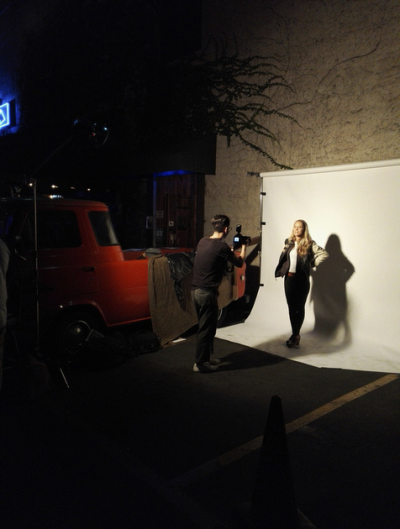
Ade: "Apropos toy trains, I spent years trying to cultivate an interest in model railways, and gave it a 'proper' go once I achieved a decent disposable income and, due to living alone, a rental with sufficient space and nothing better to do with my spare time—only to discover that watching 'electric mice' still held little appeal for me. I found what was missing once I did what everyone was always telling me to do—went outside. I sold all my miniature engines and started again with slightly bigger trains in the garden. True, you need a garden with some space but the kits are reasonably priced and you can do as much or as little scenic modelling as you like (nature takes care of the rest). For a modest investment, you can even propel your trains with real steam. I guess this was the 'large format' equivalent of the modelling world - seems like more work with bigger kit but actually simplifies a lot of things and brings you closer to the original spirit of the hobby."
Mike replies: You know this, certainly, but for others who didn't know this was a niche, Kalmbach Publishing, which publishes Model Railroader, also publishes a magazine called Garden Railways for outdoor train layouts.
mike plews: "I suspect the demographic HD is looking to recruit is more likely to favor something like this. It is also worth noting that I am seeing more scooters and mopeds out on the street lately. Not the majority by any means but they seem to fold nicely into the hipster lifestyle."
Mike replies: That is the coolest thing ever.
Ernie Van Veen: "I took up motorcycle riding at the tender age of 10, and I haven't been willing to get onto another motorbike in the last 30 years (since my youngest was born). On the other hand, I took up photography in 2011 at the tender age of 54, and I just can't see a time where I would lose interest in photography or cameras (of whatever configuration). I can't image the arrival of grandchildren changing that."
Cliff R.: "Well you have wide appeal, Mike. I started reading TOP when I was in my 20s (33 now) and my 70-year-old dad also loves your blog. I was a young subscriber to Model Railroader in the early to mid '90s. Never could afford any sort of decent layout as a kid, of course, and as an adult I've been bitten by an even worse bug than model railroading or photography—flying!"
Robert Roaldi: "If people just bought motorcycles and rode them, the way people do in the rest of the world, as convenient and efficient transportation, I'd have no problem with them. But every neighbour I've ever had who owned a large bike seemed to think that it was their duty to put on aftermarket loud exhaust systems and make as much noise as possible. As far as I am concerned, their demise cannot come soon enough, and I'm an ex motor-head. For some reason, in North America, motorcycles seem to be a fetish, not a reasonable method of transportation."
Mike replies: This is a sore spot with me, as I'm sensitive to noise. I don't mean to be, I just can't help it. Not only are there laws on the books governing vehicle noise that are simply ignored in the case of big street motorcycles, but the mantra "loud pipes save lives" drives the logical part of my brain slightly to distraction. The idea is that being noisy alerts car and truck drivers more effectively to the motorcycle's presence on the road. The contradiction is that most of the same people who say "loud pipes save lives" are also against laws mandating the use of helmets.
I'll be quiet now.
Joe Massey: "Mike, I read your blog most days and very much enjoy doing so. Today, especially so. I just got back this afternoon to my computer after spending a couple of pleasurable hours running large scale trains on the outdoor layout of my friend John Carl. These are 1:20.3 'G scale' trains that are more than 2x the scale of the Lionel "O gauge" trains of my youth and much larger than the HO trains that have come to dominate the pages of Model Railroader (which I've been reading since 1952) so 77 year olds like John and I can see what we are working on when something goes wrong or a locomotive needs being put back on the track.
"John and I fit your description to a T: both born in 1940. We're like most men I know and like: we grew old but we did not grow up; we still play with trains. And I still play with cameras, another thing I've been doing since I had a Brownie that I valued almost as much as my Lionel 2-6-2 way back in the early '50s. And like cameras the digital age has come to trains which nowadays have digital controls and sound systems that provide digital downloads of the actual sounds of the prototype engines. Which just adds to the fun of being a 77 year old kid."
JohnMFlores: "If I had a nickle for every time someone talked about the graying motorcycle industry, I'd have approximately $88.35. Seriously, it is a topic of conversation at nearly every moto industry gathering that I've been a part of for the last five years. It's true and it's not just Harley Davidson. I see it at rallies and events all the time. Barring some miracle, motorcycles seem doomed to the margins as a hobby that the old people used to do, like scuba diving and rollerblading. And you know what? That's OK. As long as I can continue to ride and share my stories with whoever wants to read them, I'm OK.
"And what about photography? I don't know about you, but I see an awful lot of grey hair at photo events these days, and any time three photographers get together, the fourth couldn't make it because of sciatica or some other ailment that young folks (damn them) don't have. The iPhone is the gateway drug, of course, but are the young talents stepping up to DSLRs or mirrorless or drones or 4k video cameras or 360/VR rigs? I don't know. Just like motorcycles, as long as I can continue to learn and grow and share as a photographer, I'm OK."
Ed. Note: Motorcycling journalist John Flores is a regular contributor to RoadRunner magazine. He visited TOP World HQ last Summer—riding a motorcycle that was blissfully completely silent!
Mark Sampson: "Around 1977–82 or so I had a friend who was the director of a small and under-funded transportation (trolleys mostly) museum. His statement was 'Why should I play with toy trains when I can play with real ones?' Which we did."
Mike replies: I really don't know the story, but I believe Rod Stewart, the singer, who is a rail fanatic, has both a model railroad and a real steam locomotive which he plays with, down to the engineer's hat. He was the ultimate "get" for MR at the time I was there, but he wouldn't cooperate for an article. I gather he eventually relented and an article about him appeared, but I've never seen it.
Jeremy E: "DSLRs, mirrorless, and their ilk depend upon computers to process, and purchase of computers of all kinds is also in decline—people have computers for work, but not necessarily for personal use. If you look at active development of photography software at places like Adobe, it's going to heavy lifting/processing of images in a datacenter (the cloud) with enough UX in an app or a browser to present a face to the processing service and move pictures over the wire.
"There is always a place for professional work and equipment—I understand a lot of Instagram posts are big-time marketing and those 'amateur' pics are not from a smartphone."
Eric Brody: "Never forget that emergency room docs refer to motorcycles, all of them, as 'donorcycles.' In my day, working in a small southern Alabama hospital, I saw some impressive wrecks—people wrecks—whose lives, if they survived, would be forever altered."
A. Dias: "Harley-Davidson is trying to buy Ducati."
John McMillin: "The same aging-out peril is being discussed regarding electric guitars, which were declared dying in a recent Washington Post feature story. Besides the obvious issues of arthritis, hearing loss and a lack of contemporary guitar heroes in popular music, there's this, which relates to the Harley situation: the big guitar makes are so wedded to the past. Walk into any big guitar store—you know, the big nationwide chains under rumors of financial failure—and you'll see rows and rows of Stratocasters, Telecasters, and Les Pauls, and not much else. New designs must not sell as well as recreations of the 1950s innovations that rocked the world so long ago. By aping the past, manufacturers increase the mystique of old models, furthering their own problem."
Hotspur Closser: "Had I been a middle-aged white guy 20 years ago, I would have bought a Harley in a heartbeat. But being a middle-aged white guy in 2017, living in a busy college town in the age of smartphones and distracted driving, they couldn't pay me to ride one of their bikes. It doesn't matter how skilled or defensive a rider you are—it's only a matter of time before some eejit messing around on their phone takes you out."

